A mesmerizing sculpture transcends mere aesthetic appreciation, often concealing intricate narratives and subtle messages within its form. Whether crafted from marble, stone, or metal, these iconic statues offer a glimpse into the ethos of their creators, revealing tales of rivalry, translation mishaps, and enigmatic symbolism. Who knows what hidden messages are yet to be discovered?
Unraveling the Hidden Messages
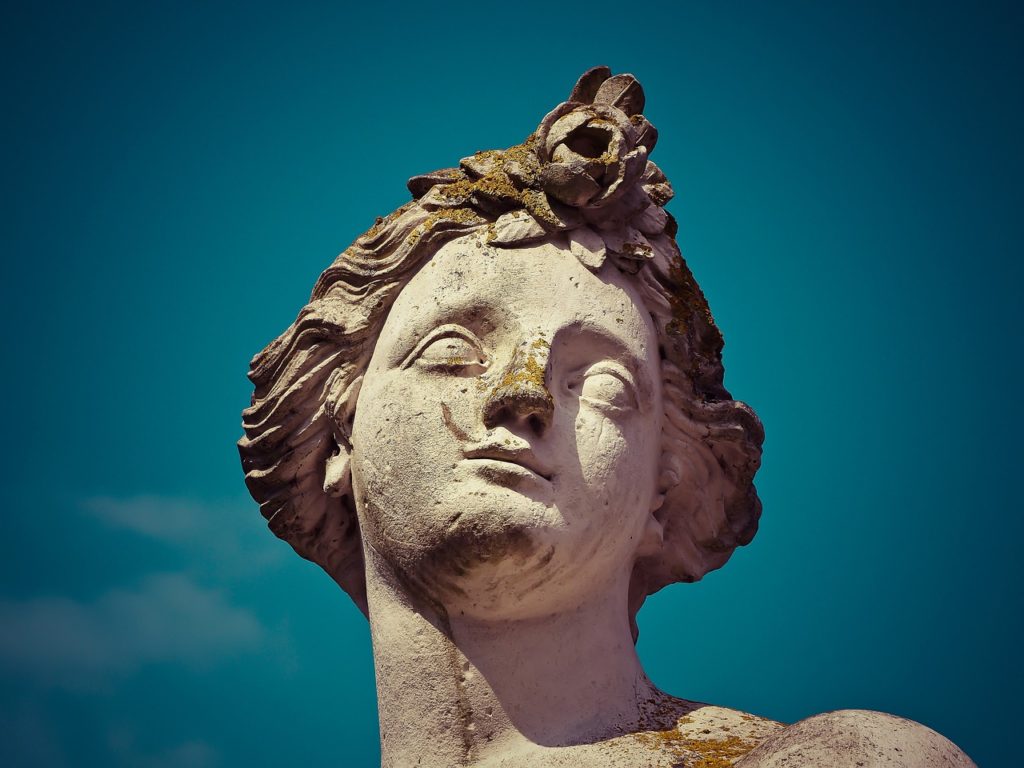
Sculptures, with their timeless allure, provide a window into the historical context of their creation. Herein lies a journey through renowned artworks, unveiling the hidden messages woven into their very fabric.
Read More: Couple makes dreadful discovery after finding what they thought was a ‘message in a bottle’
Christ the Redeemer: Whispers etched in Soapstone
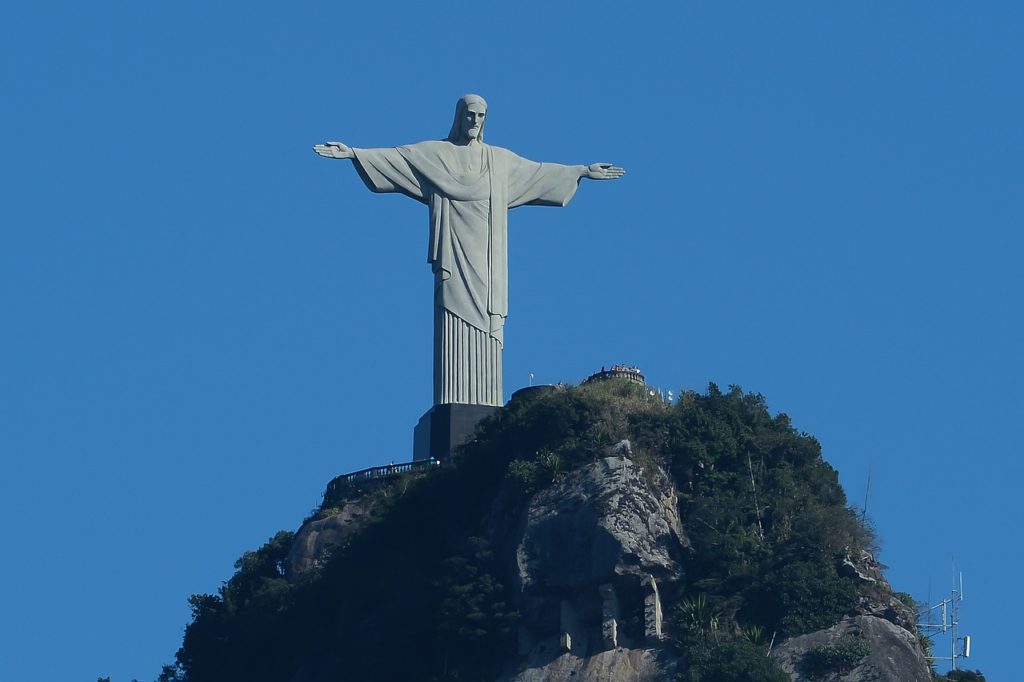
The towering Christ the Redeemer statue in Rio de Janeiro harbors clandestine messages within its monumental structure. Embedded amidst millions of soapstone tiles are handwritten notes, wishes, and signatures left by volunteers during its construction. Moreover, concealed within the statue lies a hidden trapdoor, offering access to maintenance workers tasked with scaling its heights to inspect for lightning damage.
David: Gaze of Perpetual Vigilance
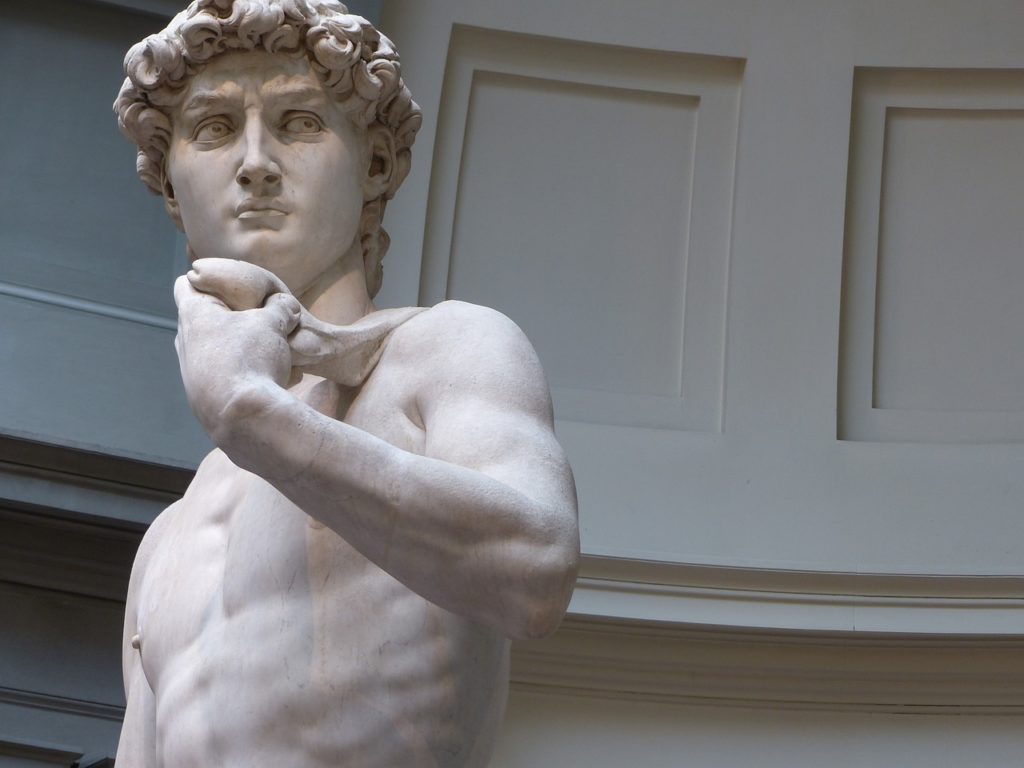
Michelangelo’s masterpiece, David, stands as a testament to human perfection and defiance. Yet, amid its flawless craftsmanship lies a subtle imperfection: the seemingly incongruous gaze of its eyes. Scholars speculate whether this divergence is intentional, crafted to ensure David’s gaze remains resolute from every angle, a silent hidden message to his unwavering resolve.
Pietà: Michelangelo’s Bold Assertion
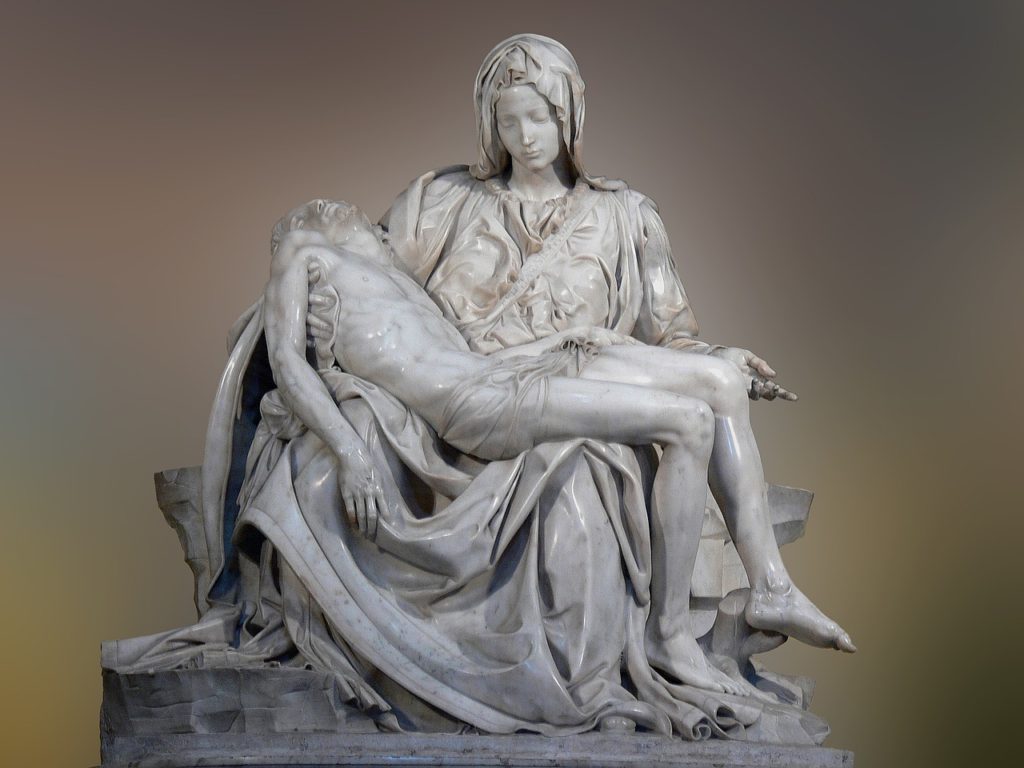
In a bold declaration of authorship, Michelangelo inscribed his name upon the Pietà—a departure from his usual anonymity. Faced with the attribution of his work to a rival artist, Michelangelo affixed his signature to the sculpture, ensuring his legacy endured through the ages.
The Kiss: Whispers of Adultery
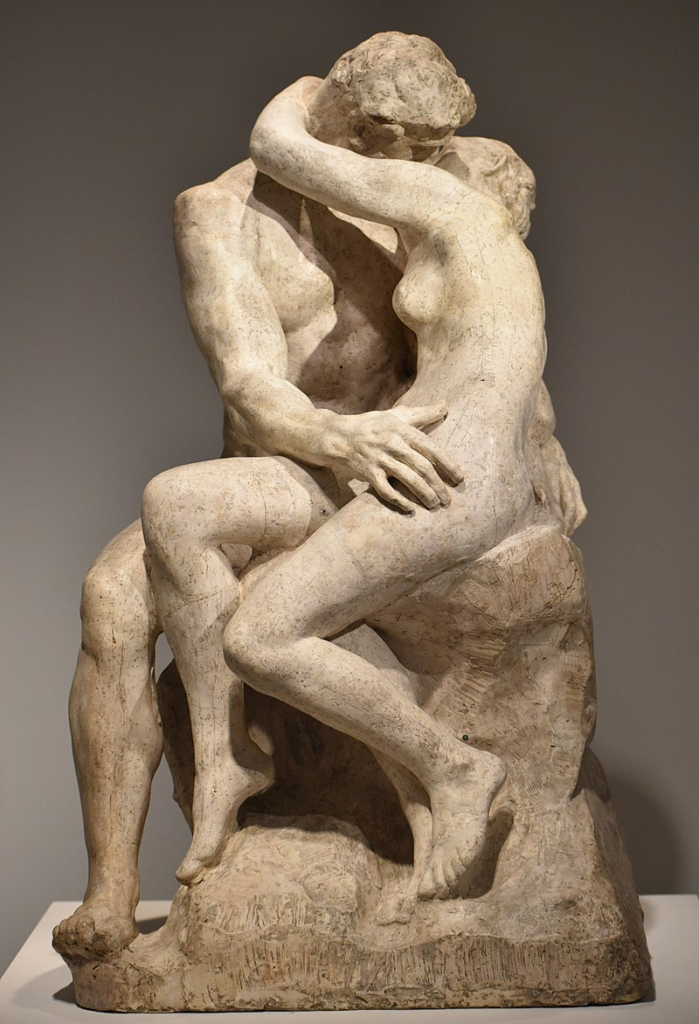
Auguste Rodin’s The Kiss conceals a narrative inspired by Dante’s Inferno, where passion intertwines with tragedy. Amidst their embrace, the lovers’ lips hover tantalizingly close, yet never touch—a poignant reminder of love unfulfilled and the consequences of betrayal.
Read More: Paris’ Ghost Metro Stations Could Become Subterranean Swimming Pools and Restaurants
Fallen Astronaut: Dissonance of Intent

Paul van Hoeydonck’s miniature astronaut, intended as a symbol of exploration, found an unexpected resting place on the moon. Contrary to the artist’s vision, it lay alongside a memorial plaque, commemorating fallen astronauts. This is a testament to the dissonance between artistic intent and interpretation.
Nefertiti Bust: The Enigma of the Missing Eye
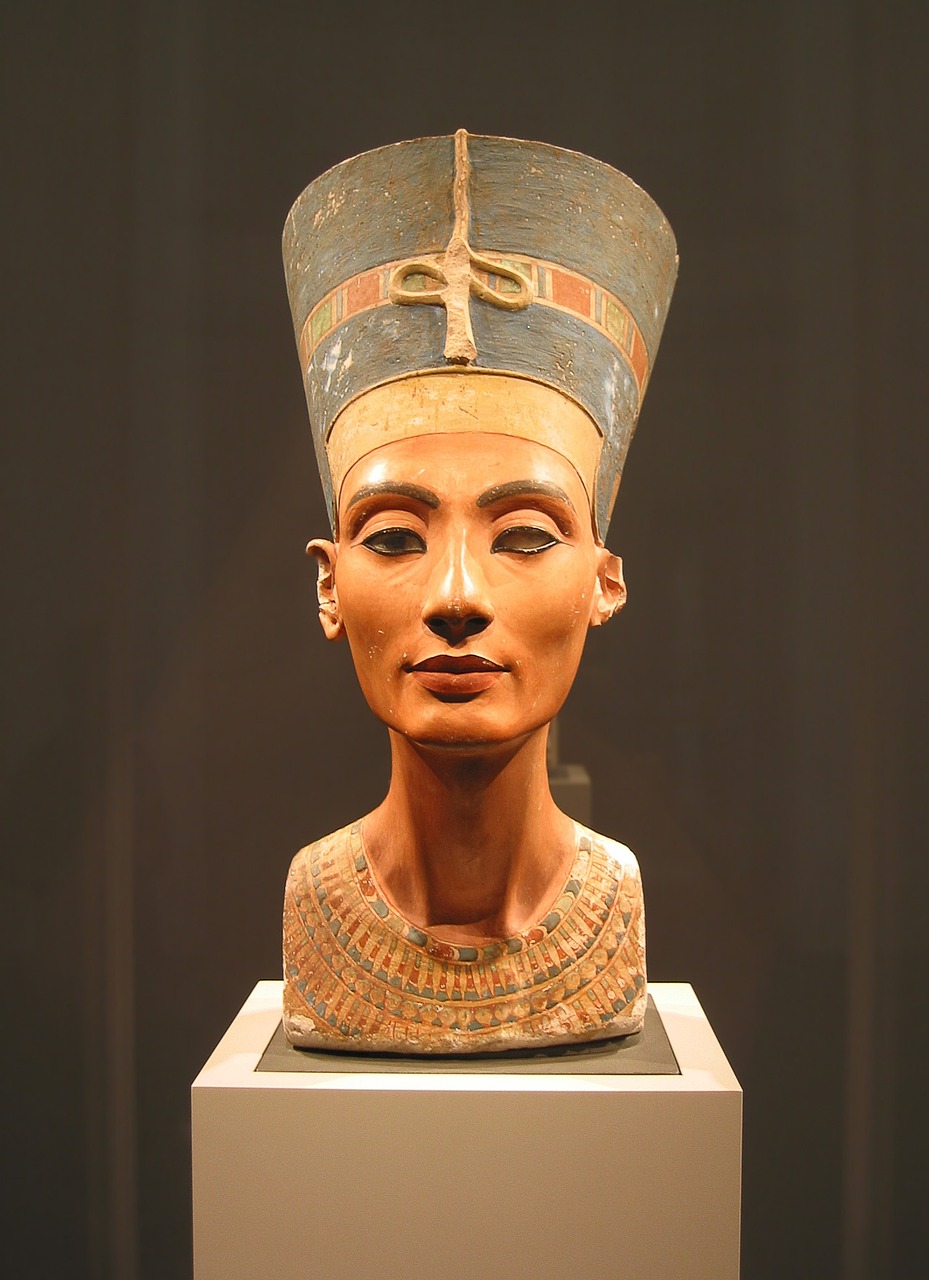
Thutmose’s iconic bust of Nefertiti captivates with its exquisite craftsmanship and a conspicuous absence—a missing left eye. Scholars grapple with the mystery, pondering the significance of its omission, as the bust defies conventional portrayal with its enigmatic gaze.
The Genius of Evil: Temptation and Torment

Joseph Geefs’ portrayal of Lucifer in The Angel of Death evoked controversy for its seductive allure, prompting its removal from St. Paul’s Cathedral. In its place, Guillaume Geefs crafted a rendition imbued with torment and suffering, appeasing the church’s sensibilities while retaining an air of allure.
Moses: The Horns of Misinterpretation
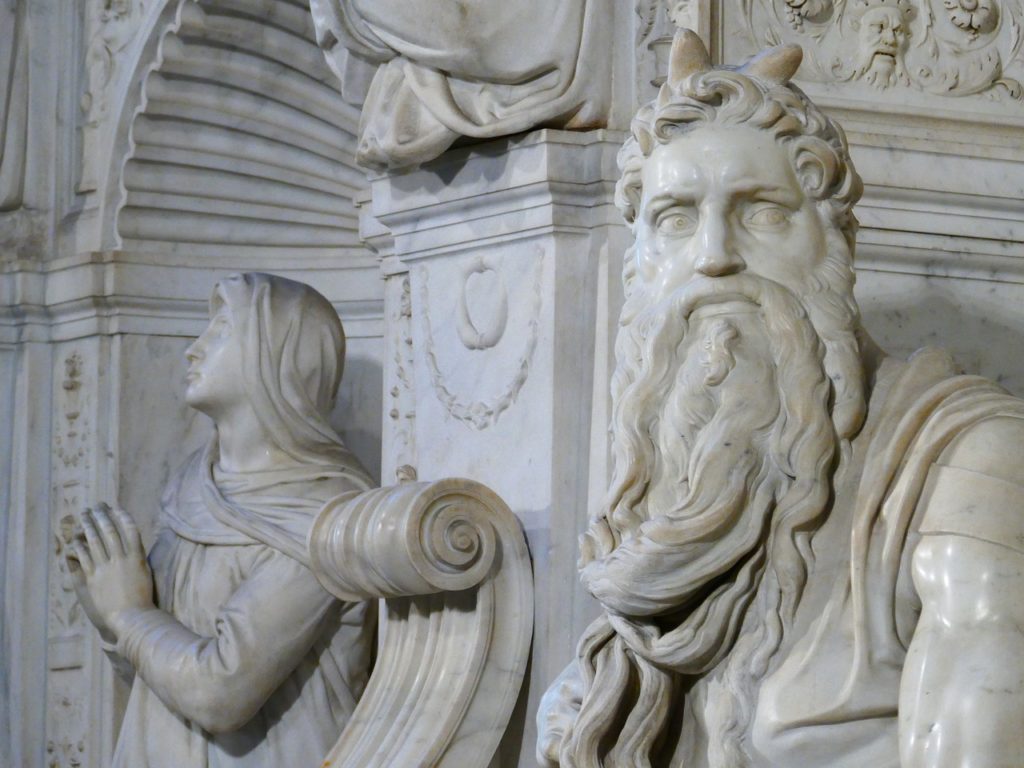
Michelangelo’s depiction of Moses bears an inadvertent anomaly—an interpretation marred by linguistic ambiguity. Mistakenly rendered with horns atop his head, Moses’ portrayal stands as a testament to the perils of mistranslation and the enduring legacy of misinterpreted symbolism.
Kryptos: Deciphering the Enigma

Jim Sanborn’s Kryptos, a cryptographic sculpture nestled within the CIA campus, beckons with its cryptic messages and unsolved riddles. While three passages have yielded to the tenacity of codebreakers, the fourth remains shrouded in mystery, a tantalizing challenge awaiting resolution.
Read More: People Share What They Think Are the Biggest Mistakes in Human History
This content has, in part, been generated with the aid of an artificial intelligence language model. While we strive for accuracy and quality, please note that the information provided may not be entirely error-free or up-to-date. We recommend independently verifying the content and consulting with professionals for specific advice or information. We do not assume any responsibility or liability for the use or interpretation of this content.

